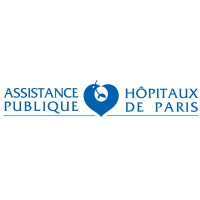
Greater Paris University Hospitals - AP-HP
AP-HP (Greater Paris University Hospitals) is a European world-renowned university hospital. Its 39 hospitals treat 8 million people every year: in consultation, emergency, during scheduled or home hospitalizations. The AP-HP provides a public health service for everyone, 24 hours a day. This mission is a duty as well as a great source of pride. AP-HP is the leading employer in the Greater Paris area: 100.000 staff members – doctors, researchers, paramedical staff, administrative personnel and workers – work there.






